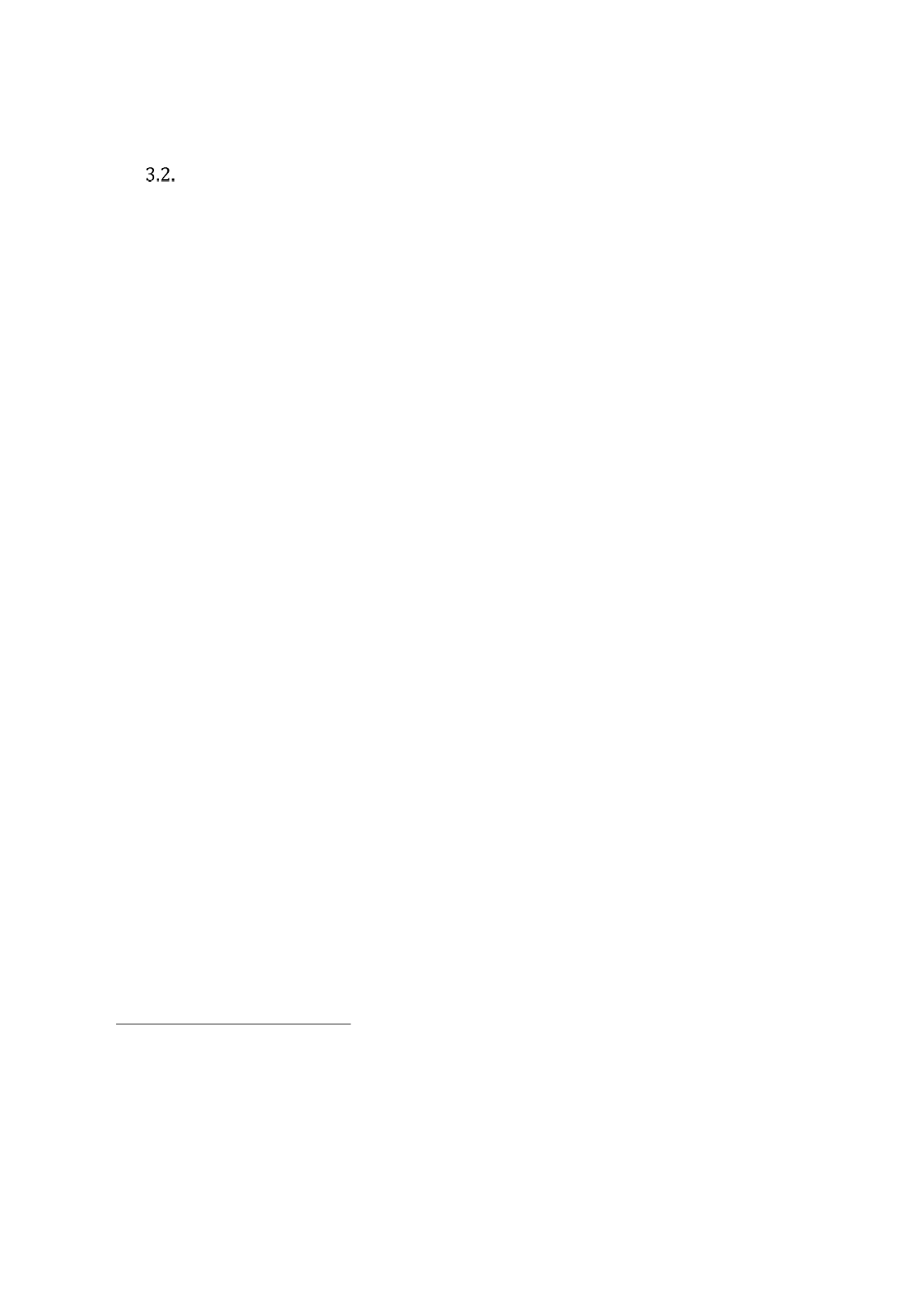

93
MALAYSIA
3.2.1.
The Educational Landscape of the Country
Formal education in Malaysia is based on a 6-3-2-2-4 organization: six years of primary
(Standard 1-6), three years of lower secondary school (Form 1-3), and two years of secondary
(Form 4-5), two years of upper secondary (Form6 Lower and 6 Upper) and 4 years of university
education. Compulsory education in Malaysia is for the six years of primary education. The
admission to primary education is at the age of seven. The types of schools vary across sectors.
Pre-primary education is offered by both the public and the private sectors. Government
preschools are provided free or at a minimal fee with limited places. Private preschools provide
the majority of seats and play an important role in increasing access to education for students
nationwide. There are also other agencies that provide preschool services. The Ministry targets
to achieve universal enrolment in preschool for children aged 4+ and 5+ by 2020. In 2016, the
preschool enrolment reached 85.6%, a slight improvement of 1% from 2015 (MOE 2016).
21
At
the primary level, there are two main types of schools: National Schools and National Type
Schools. The medium of instruction in National Schools is the Malay Language whereas National
Type Schools have been using Tamil and Chinese as a medium of instruction. While Malay is the
national language of Malaysia, the use of Chinese and Tamil reflects the presence of three distinct
racial and ethnic groups, Malays, Chinese and Indians (Joseph, 2008).
22
At the primary level, in 2016, there were 5877 national schools, 1297 National Type Chinese
schools, 524 National Type Tamil schools, 28 Special Education schools, 7 special model schools
(K9) and 36 Government Aided Religious schools (MoE 2016). In other words, the majority of
the primary schools are national primary schools (76.65%). Compared to pre-primary stage
where private sector accounts for 32% of all schools, private schools have a very small presence
at the primary level – only 126 (MOE 2016).
23
At the secondary level, there are 2404 schools in
total of which 82.53% are regular schools (2.87% are fully residential 2.37% are religious and
7.53% government aided religious schools and 3.33% vocational colleges. The rest comprise of
technical, special education, special model, sports
Bimbingan Jalinan Kasih
and arts schools
(MOE 2016).
24
In terms of enrolment share, about 75.95 percent students are in National
schools, 20 percent in National Type Chinese schools, 3.1 percent in National Type Tamil
Schools, 0.6 percent government aided religious schools and 0.35 percent is other schools (MOE,
2016). In terms of the enrolment at secondary level by types of schools, majority of the students
are enrolled in regular schools.
Since Malaysia is a federally administered country, the federal government has the most
legislative and executive powers. The entire education system is highly centralized and under
the jurisdiction of the Ministry of Education which is in charge of overseeing and regulating the
curriculum, controlling national examinations and supervising the development of education.
There are special agencies of the Ministry of Education that are responsible to oversee the
curriculum and assessment. The National Curriculum development center designs the national
curriculum. The Examination syndicate (
Lembaga Peperiksaan
) prepares and administers the
21
The number of newly opened public pre-primary classes was 125 while the number of private pre-primary
classes rose by 2,240 classes (MOE, 2016)
22
Regardless of ethnic orientation, all schools follow national curriculum and prepare students for
national examinations in grades 6, 9 and 11.
23
Islamic school (
Sekolah Pondok
) are relatively fewer in numbers in Malaysia, registered and unregistered
combined.
24
Private schools account for 5% of the secondary schools.
















